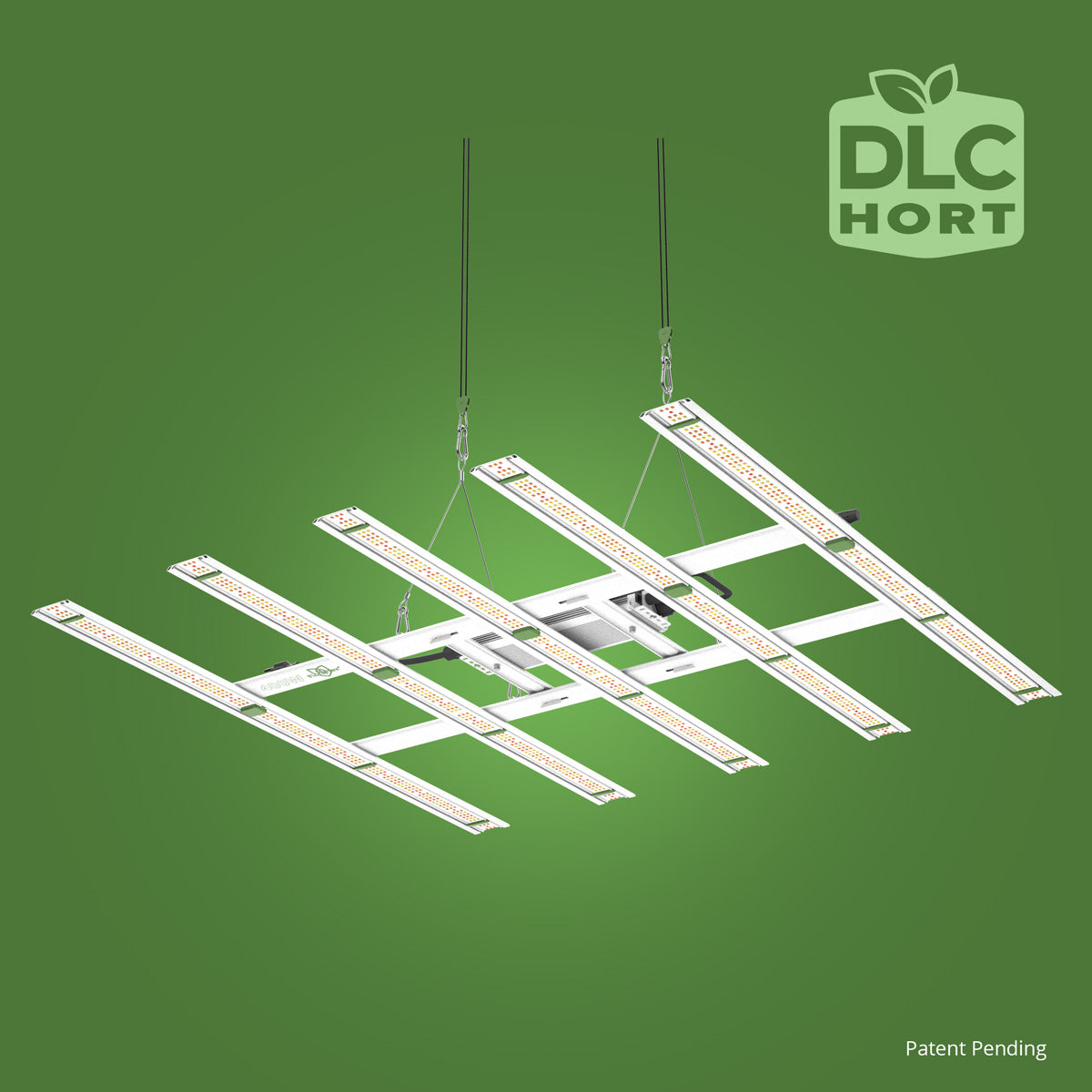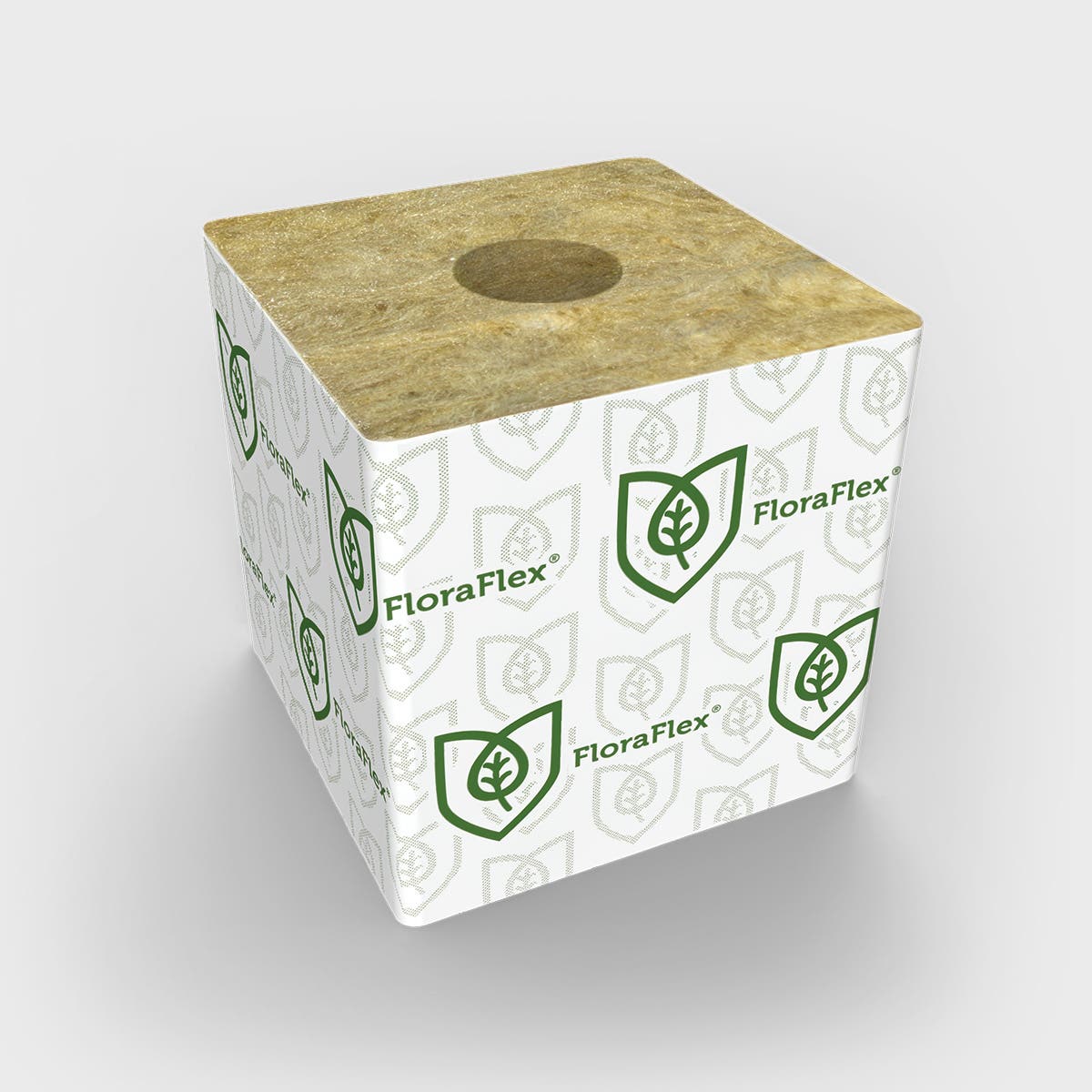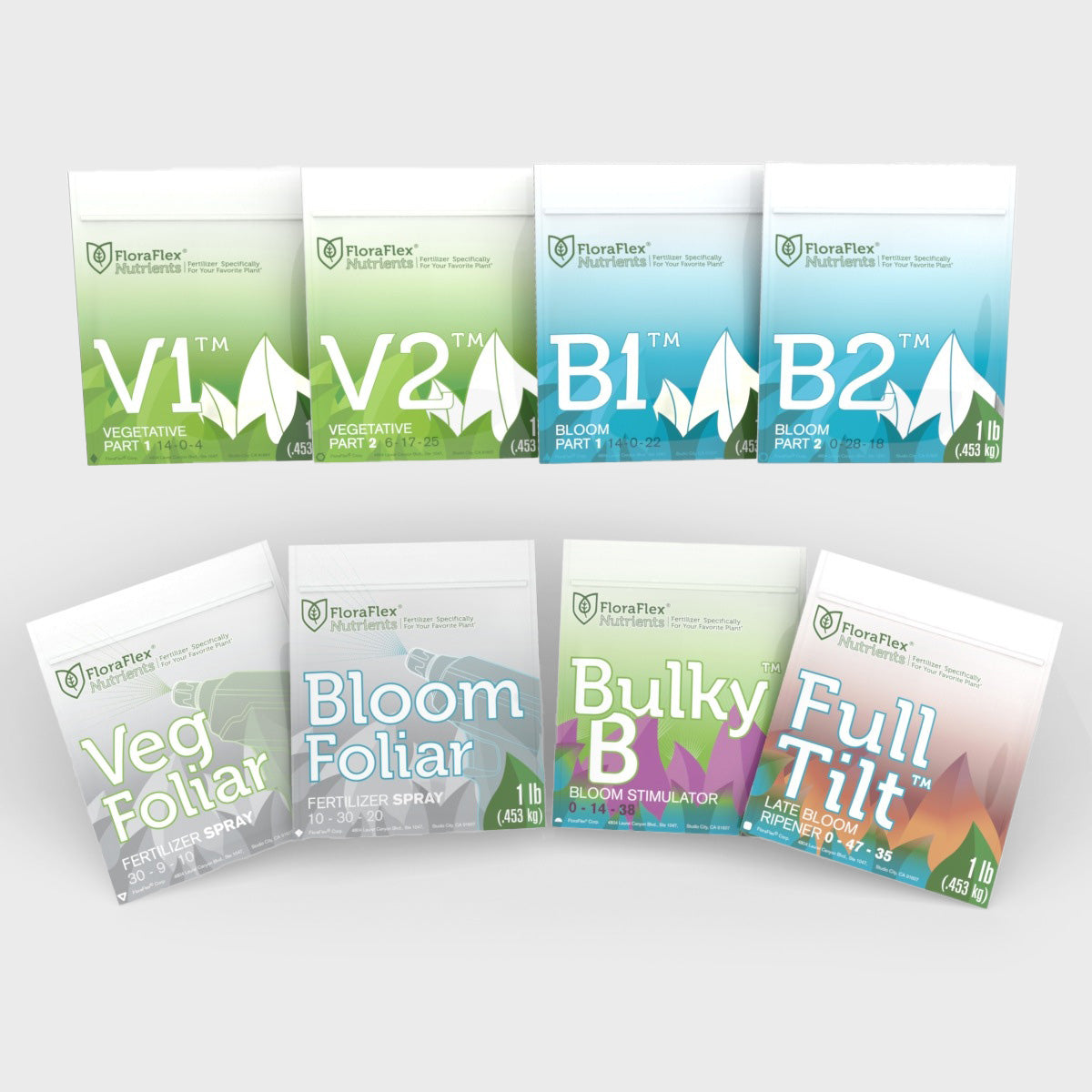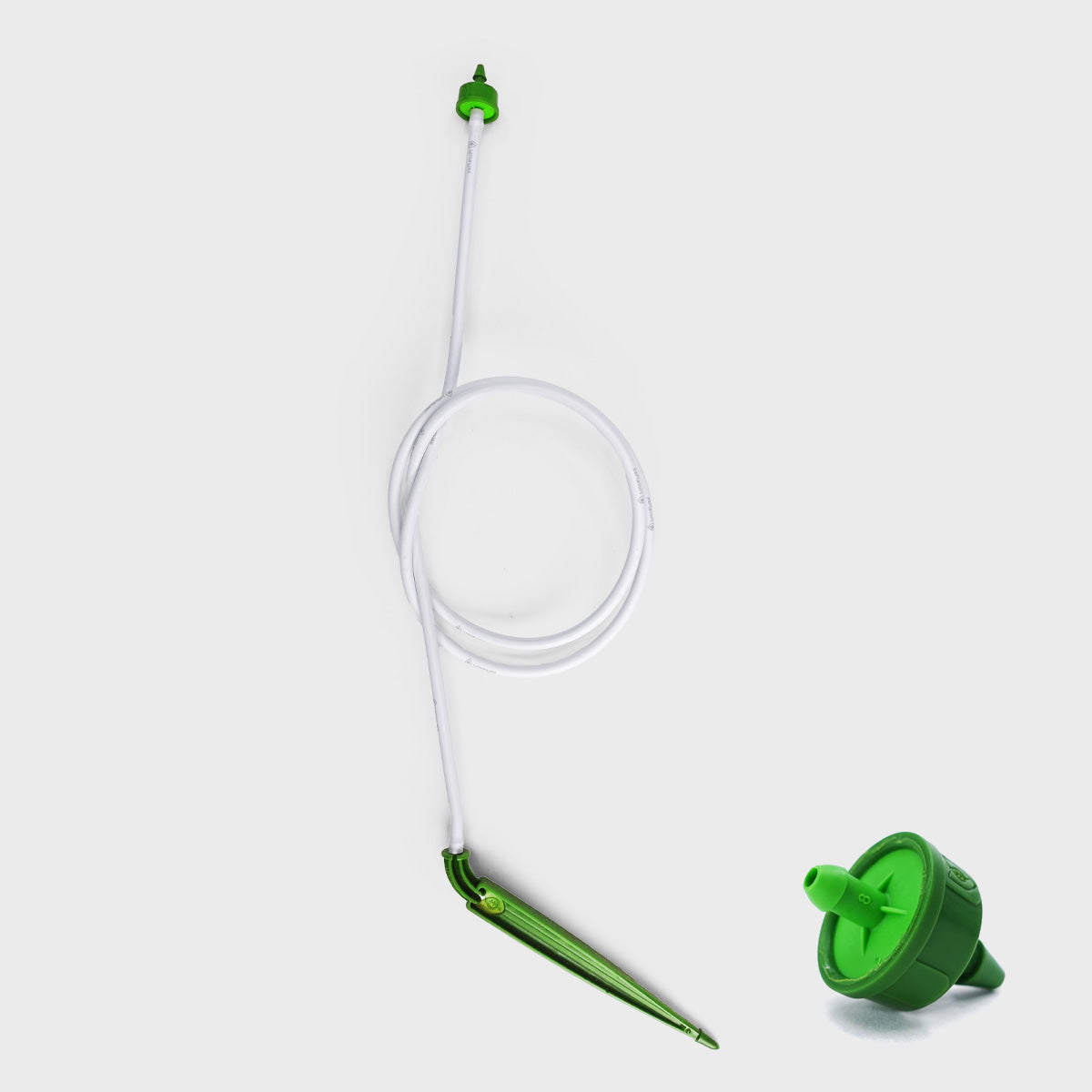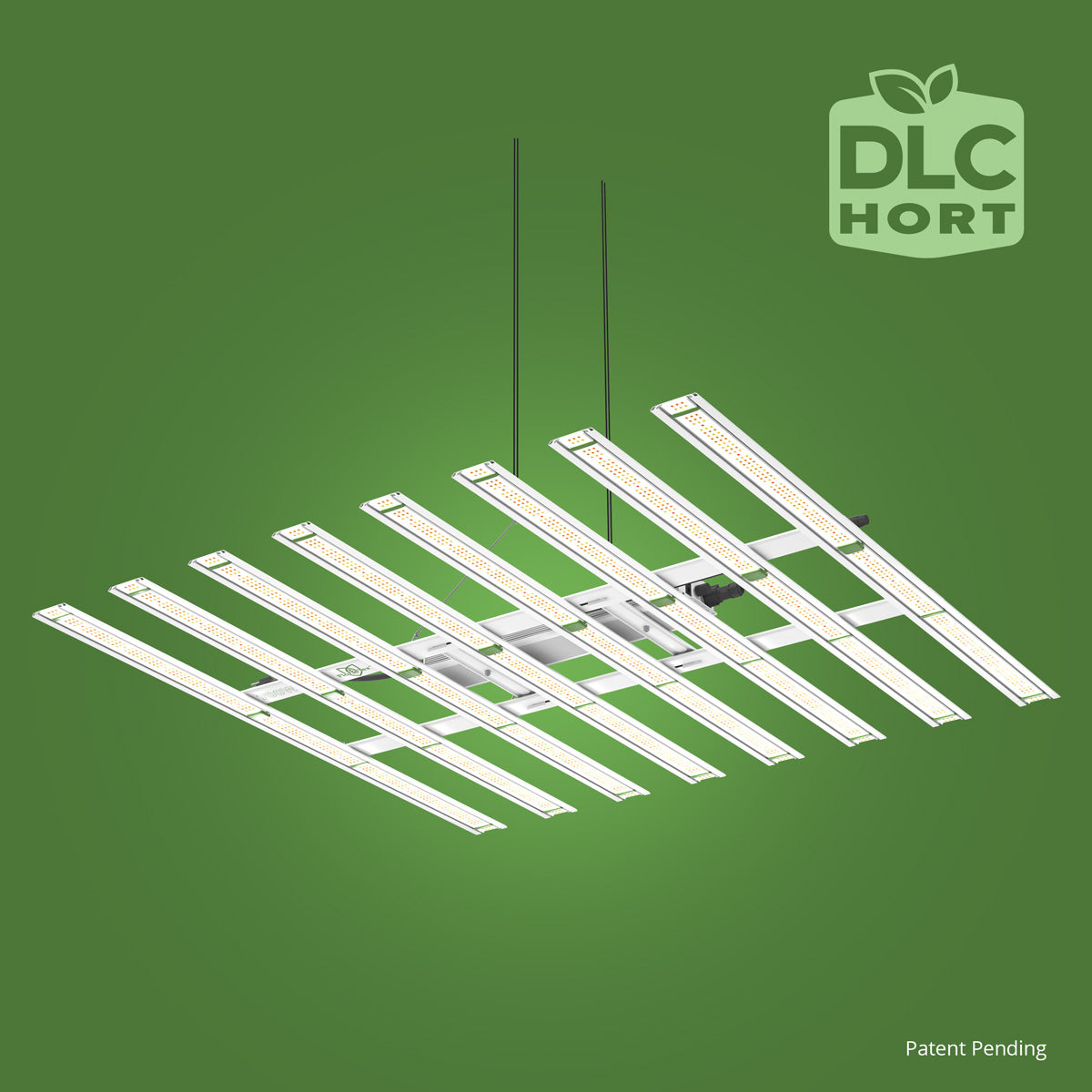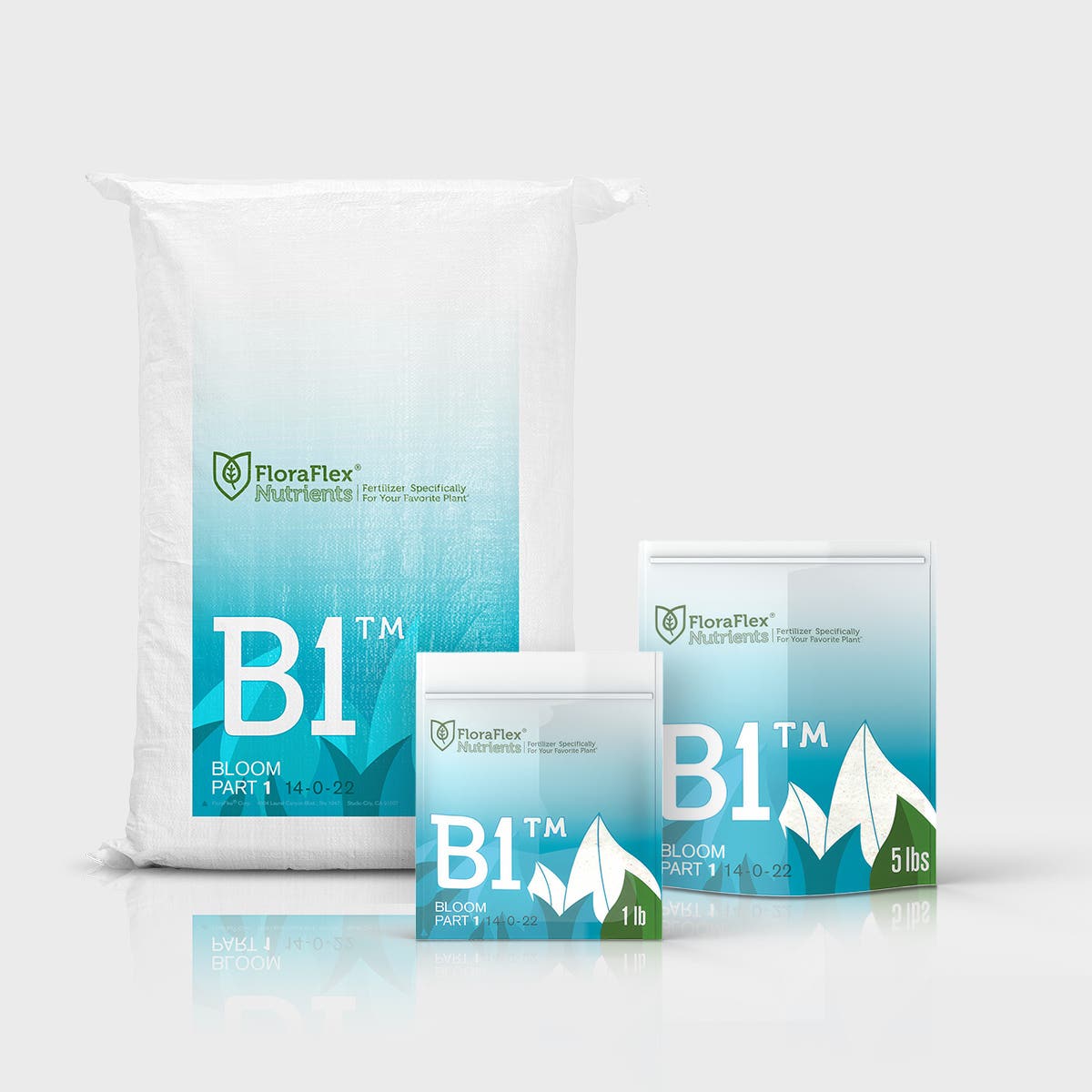Growing cannabis is a sophisticated process that involves a deep understanding of the plant’s needs. Among these, one of the most crucial components is the lighting system. Proper lighting not only ensures robust plant growth but also maximizes yield and potency. In the world of indoor cannabis cultivation, two primary types of lighting systems are commonly employed: LED (Light Emitting Diodes) and HPS (High-Pressure Sodium) lighting. This blog post aims to provide a comprehensive analysis of these two lighting systems, helping you make informed decisions for your grow operation.
For more information on high-quality supplies for cannabis growing, check out FloraFlex.
Understanding LED Lighting
Advantages of LED Lighting
LED lighting systems have gained popularity due to several key advantages:
- Energy Efficiency: LEDs consume significantly less electricity compared to traditional lighting systems, which can result in substantial savings on electricity bills.
- Longevity: They have a longer lifespan, often lasting for more than 50,000 hours, thus reducing the need for frequent replacements.
- Spectrum Control: Many LED lights offer customizable spectrum options, allowing growers to adjust light wavelengths to optimize for different stages of cannabis growth.
- Heat Reduction: LEDs produce less heat, which minimizes the risk of heat stress on plants and eliminates the need for extensive cooling systems.
- Environmentally Friendly: Less energy consumption and longer lifespan make LEDs a more sustainable option.
Considerations for LED Lighting
Despite their benefits, there are considerations to keep in mind when using LED lighting:
- Initial Investment: The upfront cost is often higher compared to HPS systems, although this is offset by long-term savings on energy and maintenance.
- Light Intensity: Some growers may find that LEDs provide less penetration compared to HPS lights, but this varies by model and setup.
Exploring HPS Lighting
Pros of HPS Lighting
HPS lighting still holds a strong position in the market due to its own set of advantages:
- High Intensity: Known for their powerful light output, HPS lights excel in delivering high-intensity light, which can increase yields.
- Cost-Effective Setup: The initial costs for setting up HPS systems are generally lower, making them accessible for budget-conscious growers.
- Proven Track Record: With decades of use, HPS systems are proven and reliable, offering consistent performance.
Limitations of HPS Lighting
- Heat Generation: HPS lights generate a considerable amount of heat, which can raise the grow room temperature and necessitate additional cooling.
- Energy Consumption: They are less energy-efficient compared to LEDs, resulting in higher operational costs over time.
- Spectrum Limitations: HPS systems have a fixed spectrum, which doesn’t offer the flexibility of LEDs in tailoring light to different growth stages.
Product Spotlight: FloraFlex 6" FloraWool
When setting up your lighting system, it's also important to consider your growing medium. The FloraFlex 6" FloraWool offers a robust solution for cannabis cultivation. Derived from basalt rockwool, this medium provides excellent water retention and aeration, essential for healthy root development under intense lighting conditions.
LED vs. HPS: A Comparative Analysis
Energy Efficiency and Cost Implications
- LEDs: Offer significant energy savings due to their efficient electricity usage, which can lower overall costs in the long term.
- HPS: May result in higher electricity bills due to increased power consumption.
Light Spectrum and Plant Growth
- LEDs: Provide spectrum flexibility, allowing for tuning to specific growth stages, potentially leading to optimized growth cycles and better yields.
- HPS: Fixed spectrum largely in the red and yellow range, historically known for effective flowering but less so for vegetative growth phases.
Heat Management
- LEDs: Their low heat output reduces the need for extensive cooling systems, creating a safer and more plant-friendly environment.
- HPS: The high heat output requires robust ventilation and cooling solutions to maintain optimal growing conditions.
Longevity and Maintenance
- LEDs: With a longer lifespan, LEDs require less frequent replacement, translating to reduced maintenance efforts.
- HPS: Typically have shorter lifespans and may necessitate more regular replacement, increasing maintenance needs.
Conclusion
Both LED and HPS lighting systems have their unique advantages and limitations. The choice between the two depends largely on your specific cultivation goals, budget, and environmental considerations.
For those looking to invest in long-term efficiency and environmental sustainability, LED lighting might be the ideal choice. However, if high initial light intensity and proven performance are your primary concerns, HPS lighting remains a reliable option.
Regardless of your choice, ensuring optimum growth also involves selecting the right growing medium, such as the FloraFlex 6" FloraWool, to support your plants effectively.
Explore more about innovative growing solutions at FloraFlex.
In this dynamic field of cannabis cultivation, continuous learning and adaptation are key. By understanding the characteristics and distinctions between LED and HPS lighting systems, growers can better strategize their operations for enhanced plant health and increased yields. Happy growing!


